Fire exits & fire doors
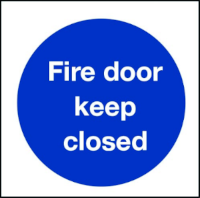
Our corridor doors have electronic ‘hold open’ systems, which are usually in operation during normal hours (7am to 7pm). These are connected to the building fire alarm system and will automatically close the doors if the alarms sound. As of October 2020, these have been temporarily disabled as a security measure.
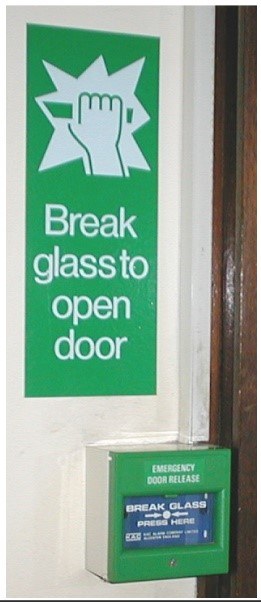
Any doors that have an electronic lock - for example, doors opened via card access from the exterior - will have a push button release on the interior. In general, they will unlock automatically if the fire alarm is activated. Should this fail, there will always be a break glass or lever override door release available to use. All doors with electronic mechanisms will unlock (or ‘fail open’) in the event of power loss. Be careful to not confuse the emergency release with the normal door release button- as these are both usually green- or to confuse the emergency release with the fire break glass points (the fire ones are red!).
One-way fire doors are also commonly fitted with mechanical opening devices:
- Push bar and push panel door releases require you to push down on the bar or panels to open the door.
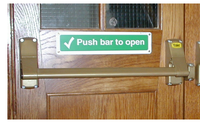
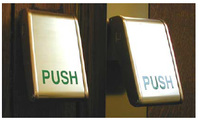
- Simple thumb-turn types are operated as indicated on the accompanying sign, which will show the correct direction to turn.
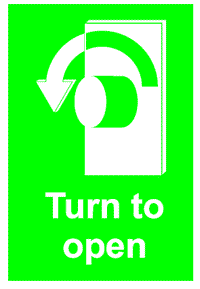

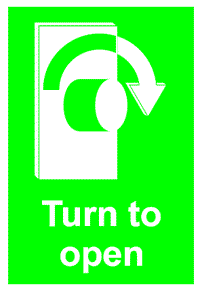
- Other types have a plastic dome or covering to make sure the door release is not used accidentally. These are normally a thumb turn or lever.


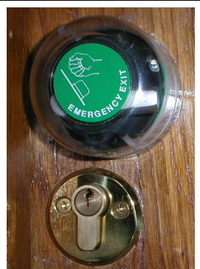
You must break open the covering to get to the release mechanism. Some systems will have a break glass hammer provided to make this easier. If a release mechanism of one of these types has been used, the covering needs to be replaced professionally- report this to defects@ee.ucl.ac.uk.
Make sure you are aware of any of these systems in your work area. They should be pointed out to you during the fire safety walk.